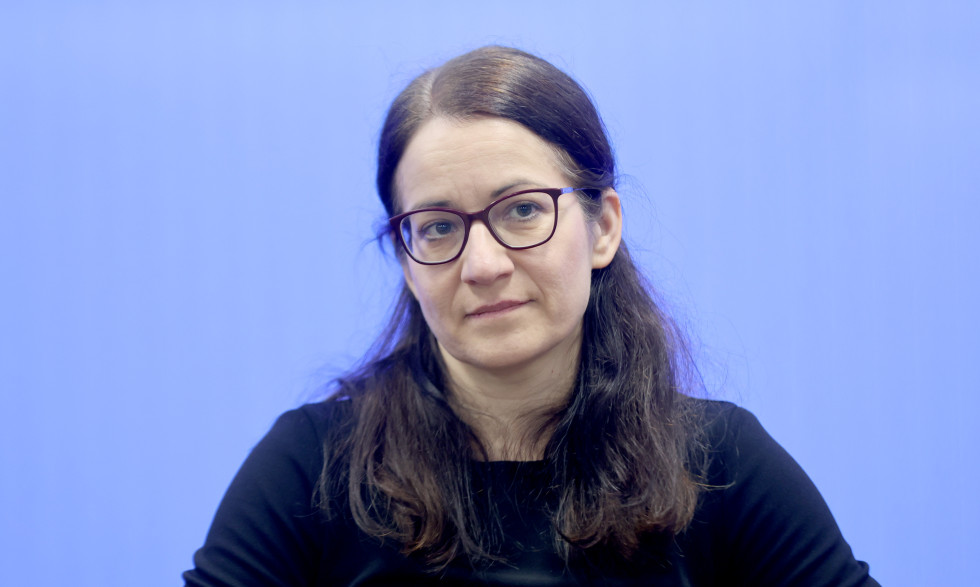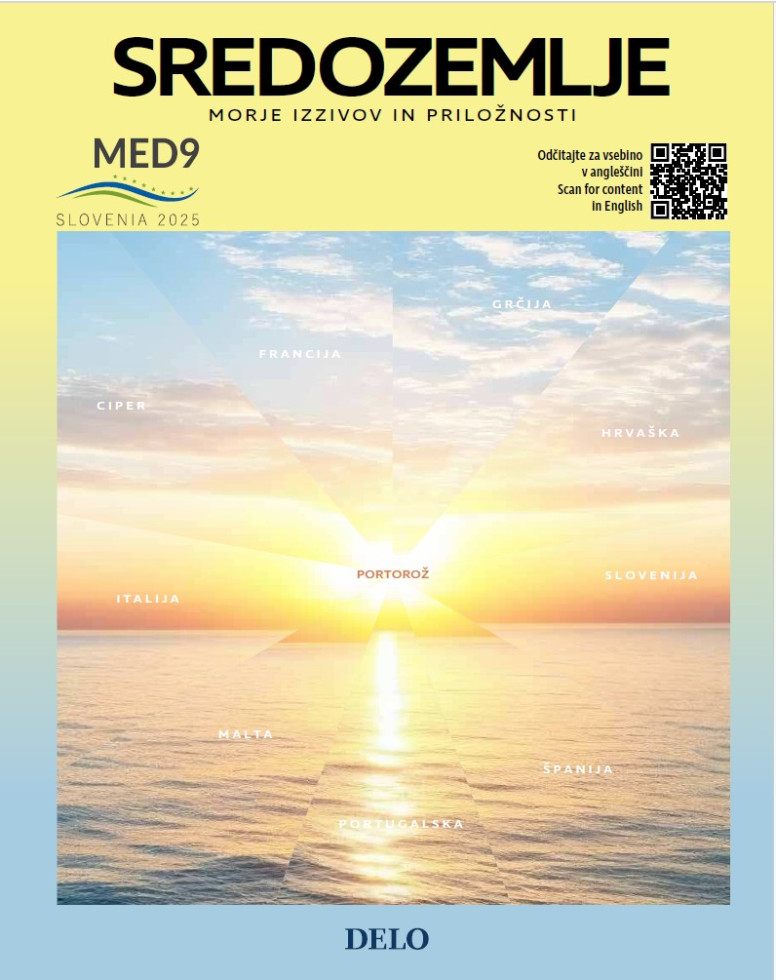A Mediterranean touch for European policy
The MED9 is an informal group of like-minded countries that maintains a relatively loose connection at the EU level. It is less visible in discussions than the Visegrad Group, whose members used to present clearly aligned positions. It also cannot be compared to the Benelux alliance or the Franco-German partnership either, as these play a key role in shaping EU decisions. At MED9 summits, such as the one held in Cyprus last year, leaders typically adopt general declarations emphasising the importance of the Mediterranean for the EU, the Middle East conflict, and competitiveness. However, the participants have explained that significant coordination on Mediterranean issues takes place ahead of every EU summit.
Over the past decade, migration has become a politically sensitive issue, with most arrivals in the EU coming from countries on the other side of the Mediterranean Sea. Within the EU framework, the group also focuses on foreign policy issues, such as the situation in Gaza, and energy. "These are their natural common ground," said Sabina Lange, Director of the Think Europe institute and Associate Professor at the Faculty of Social Sciences. Other topics include enlargement, competitiveness, climate change, capacity-building in education and digitalisation. A notable institutional shift within the EU was the appointment of Dubravka Šuica from Croatia as the European Commission's first-ever Commissioner for the Mediterranean.
Commissioner Šuica is supported by a relatively strong administrative team, headed by the experienced Italian diplomat Stefano Sannino. Her main project during the first half of her five-year term of office is to prepare a new Pact for the Mediterranean, which aims to give fresh impetus to cooperation in the region thirty years after the launch of the Barcelona Process. During Slovenia's Presidency of the MED9 group, an informal document – a non-paper – was drafted for Commissioner Šuica, outlining the vision for the pact and the strategic dimension of relations with the EU's southern neighbourhood.
A major test over the next two years will be the negotiations on the EU's Multiannual Financial Framework, the EU budget for 2028–2034, which will be worth approximately EUR 2,000 billion. The European Commission's proposal, which will undoubtedly be further reduced by the net contributors, already anticipates funding cuts in two areas of great importance to southern Europe: cohesion funding for less developed regions and agricultural funding. "Although they are competing for money from the same pot, it is clear that they will be more successful in the negotiations if they jointly advocate principles and objectives that align with their shared interests. That doesn't mean all of their interests," said Sabina Lange. One major issue is how to adapt agricultural policy to the effects of climate change. The interests of French farmers always take centre stage in budget negotiations.
The poorer EU Member States from the south and east form a group known as the Friends of Cohesion. The geopolitical situation that has risen following Russia's large-scale invasion of Ukraine has brought about shifts within this alliance. Unlike the southern countries, the eastern members between the Black Sea and the Baltic now prioritise increased investment in defence projects. EU expert Sabina Lange believes that "while the first two decades of this millennium were characterised by a North–South divide, particularly with regard to the distribution of EU budget funds and decisions on progressive environmental policies, the third decade, driven by security issues, is marked by an East–West divide."
She therefore views the MED9 group, which is made up of countries that differ in terms of their geographical location, the length of their EU membership, their size and their attitudes towards the long-term vision of integration (EU finalité), as well as their political orientation, as "a building block for maintaining the cohesion of the EU community in an increasingly complex reality". To best identify common interests, the countries coordinate their positions as much as possible ahead of ministerial and technical meetings within the EU Council framework. Lange acknowledges the importance of integration in internal EU negotiations, noting that countries also bring their own issues to the table, thereby "Europeanising" them.
In June, ahead of the meeting of foreign ministers, Tanja Fajon, head of the Slovenian diplomacy, hosted a working dinner for the MED9 foreign ministers. Some of the concrete projects discussed included improving cross-border energy connectivity. The ministers are also planning to collaborate on artificial intelligence projects. Rather than experiencing a brain drain from the southern neighbourhood, the group believes that a circulation of knowledge should be established between the two shores of the Mediterranean. With one-third of EU Member States and nearly half of the EU population represented in the MED9, the group holds substantial potential to influence EU policy in Brussels, at least on paper.
France in particular, driven by its interests in Africa, attempted two decades ago – under President Nicolas Sarkozy – to strengthen ties between Mediterranean EU countries and their southern neighbours. However, German Chancellor Angela Merkel successfully resisted the creation of such separate structures and groupings. Following the political storm, the Union for the Mediterranean (UfM) was eventually established, bringing together all EU Member States with their southern and eastern partners, albeit without a clearly defined role. Consequently, its primary focus is now on its own internal reform. One of its key advantages is that it is the only forum in which both Palestine and Israel participate.




